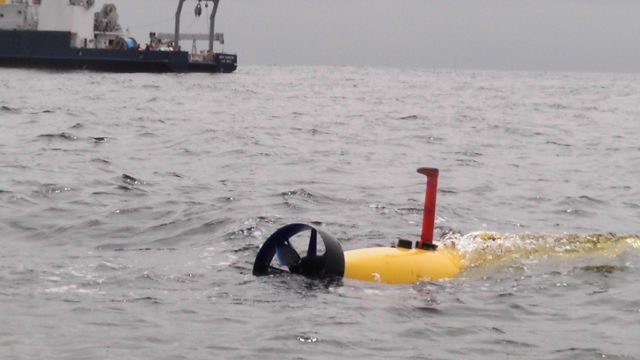SUMMARY
This is AI generated summarization, which may have errors. For context, always refer to the full article.

PERTH, Australia – The hunt for missing Malaysian Flight MH370 could soon head to the ocean floor using an autonomous sonar vessel after possible black box signals were detected, the head of the Australian-led search operation said Tuesday.
A month to the day since the Boeing 777 disappeared, retired Air Chief Marshal Angus Houston warned that hopes of finding surface debris were fading and that sonic “pings” detected by the Australian naval ship Ocean Shield were the best lead.
Houston told ABC radio Tuesday that once the position of the signals was pinpointed, autonomous underwater vessel Bluefin-21 would be deployed to the ocean floor to search for wreckage.
And this could happen soon.
“I haven’t had the discussion this morning, we’ll be having that discussion a little later on,” he told ABC radio.
“I imagine we’d be getting very close to that point.”
The search is now focusing on a 600-kilometer (370-mile) arc of the southern Indian Ocean, far off the West Australian coast.
Houston announced Monday that Ocean Shield had detected underwater signals consistent with aircraft “black boxes”, calling it the “most promising lead” so far.
The apparent signals breakthrough came as the clock ticks past the 30-day lifespan of the emergency beacons of the two data recorders from the Malaysia Airlines jet, which vanished on March 8 with 239 people on board en route from Kuala Lumpur to Beijing.
“As a consequence there is a chance the locator beacon is about to cease transmission, or has ceased transmission,” Houston said.
“I think it’s absolutely imperative to find something else and hopefully when we put the autonomous vehicle down, its capability is such that it’ll be able to find wreckage.
“Unfortunately with the passage of time, oceanic drift and all the rest of it – particularly as a cyclone went through that area in the last few days – the chances of finding anything on the surface are diminishing with time.”
Houston explained that the 4,500m depth of the ocean floor was the absolute operating limit for a Bluefin-21, which is designed for deep sea surveying and can carry video cameras.
“It can’t go deeper than that, so it’s quite incredible how finely balanced all of this is,” he said.
“It’s a long, painstaking process, particularly when you start searching the depths of the ocean floor.”
Up to 11 military planes, 3 civilian planes and 14 ships were Tuesday set to take part in the unprecedented search 2,200 kilometers northwest of Perth. – Rappler.com
Add a comment
How does this make you feel?
There are no comments yet. Add your comment to start the conversation.